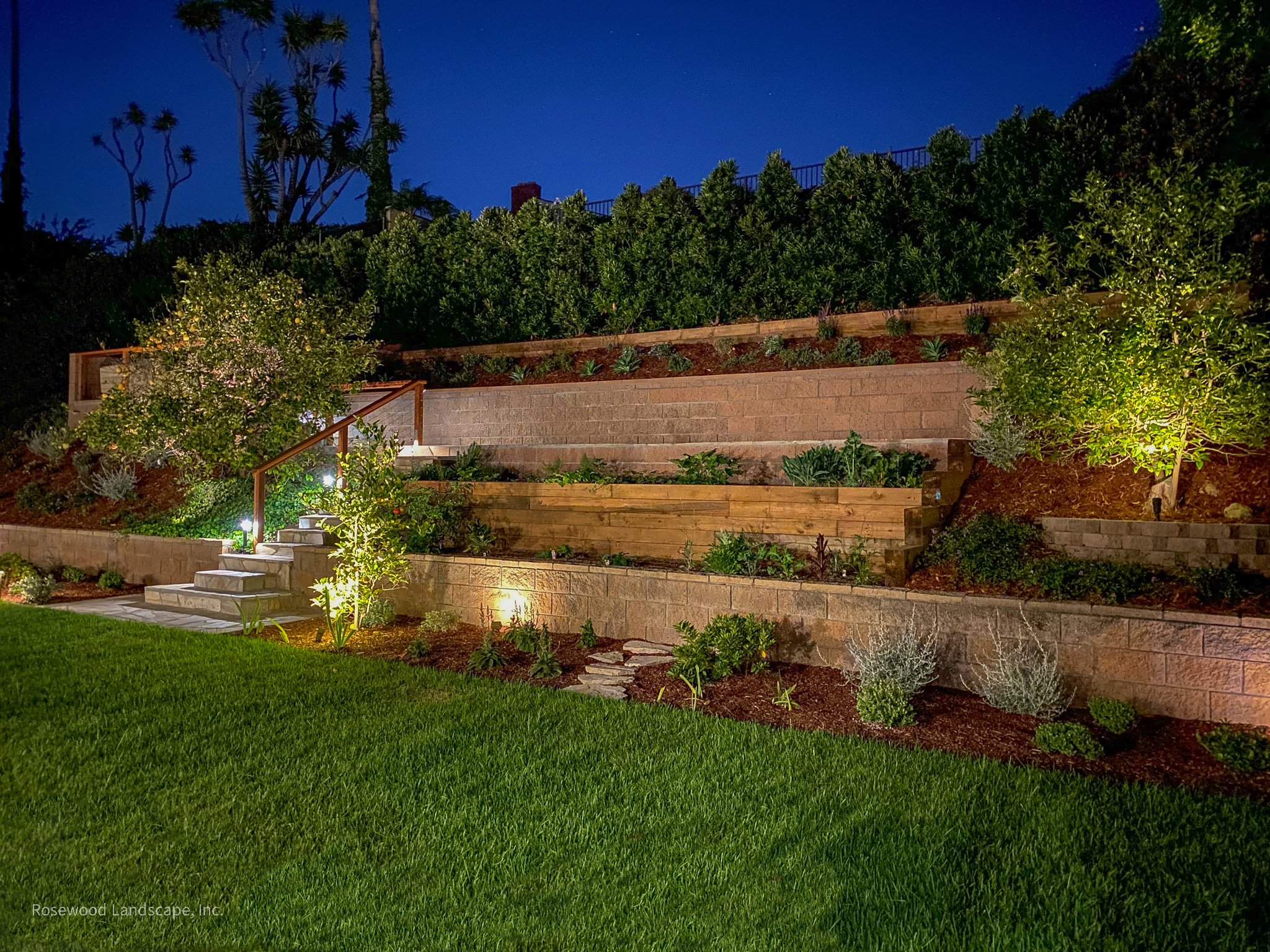Illuminating Outdoors: Exploring the Pros and Cons of Landscape Lighting
Landscape lighting has become a popular addition to residential and commercial properties alike, offering a myriad of benefits for both aesthetics and functionality. From enhancing the ambiance of outdoor spaces to providing an added layer of security, the advantages of landscape lighting are numerous. However, like any addition to your property, there are also drawbacks to consider. Let's delve into the pros and cons of landscape lighting.
Pros:
Enhanced Aesthetics: One of the primary benefits of landscape lighting is its ability to enhance the beauty of outdoor spaces. By strategically illuminating trees, shrubs, architectural features, and pathways, landscape lighting adds depth and visual interest to your property, creating a captivating ambiance after dark.
Extended Outdoor Living: With the addition of landscape lighting, your outdoor living spaces can be enjoyed long after the sun sets. Whether you're hosting a gathering with friends or simply unwinding on your patio, well-placed lighting ensures that you can make the most of your outdoor environment well into the evening hours.
Improved Safety and Security: Landscape lighting enhances safety by illuminating pathways, stairs, and other potential hazards, reducing the risk of trips and falls. Additionally, a well-lit property can deter trespassers and enhance overall security, providing peace of mind for homeowners and business owners alike.
Highlighting Architectural Features: Landscape lighting allows you to showcase the architectural elements of your home or building, adding curb appeal and making a statement. Whether it's accentuating the facade of a historic building or highlighting the intricate details of a modern structure, lighting can transform the look and feel of your property.
Cons:
Energy Consumption: One of the main drawbacks of landscape lighting is its energy consumption. Depending on the type of fixtures used and the duration of illumination, lighting up your outdoor spaces can result in increased energy bills. However, advancements in LED technology have made landscape lighting more energy-efficient than ever before.
Maintenance Requirements: Another consideration is the maintenance required to keep landscape lighting in optimal condition. Fixtures may need periodic cleaning, bulbs may need replacement, and wiring may require attention to ensure proper functioning. While maintenance tasks are relatively straightforward, they do require time and effort.
In conclusion, landscape lighting offers numerous benefits for enhancing outdoor spaces, from aesthetics and functionality to safety and security. While there are some drawbacks to consider, the advantages far outweigh the cons for many homeowners and businesses looking to illuminate their outdoor environments. With careful planning and maintenance, landscape lighting can truly transform your property into a captivating oasis after dark.


